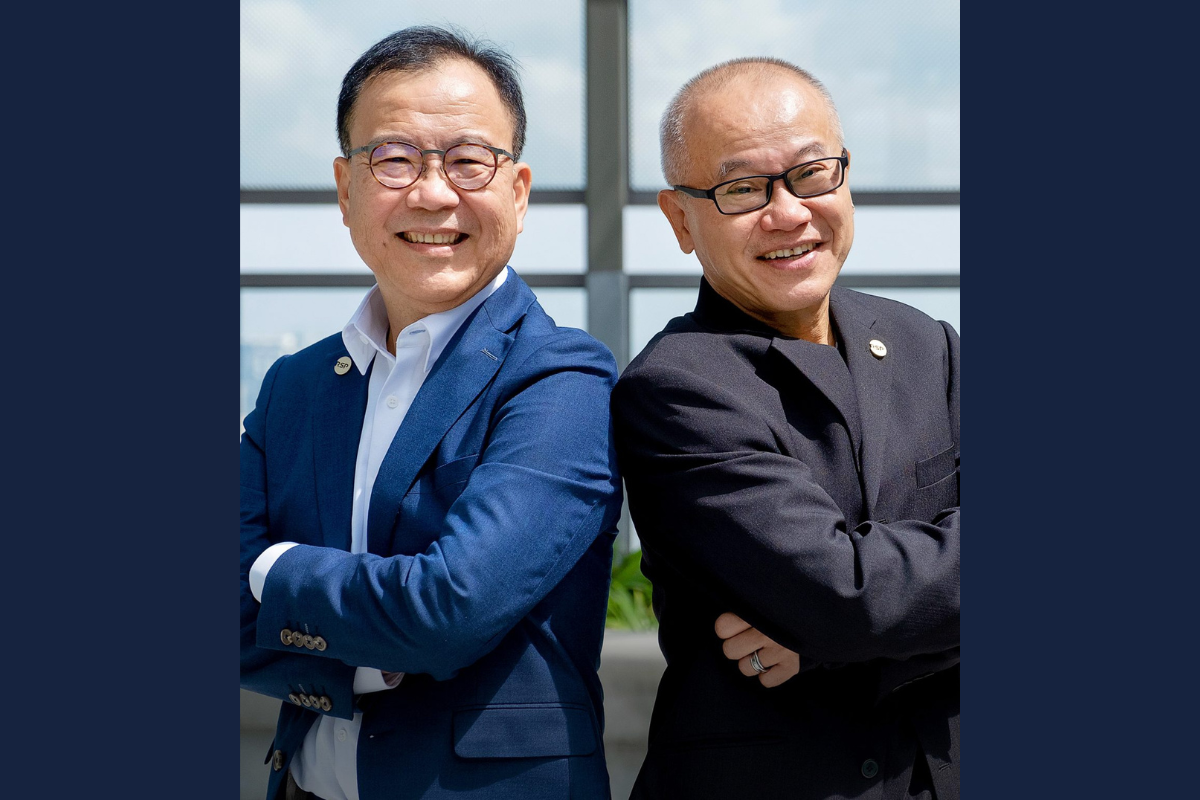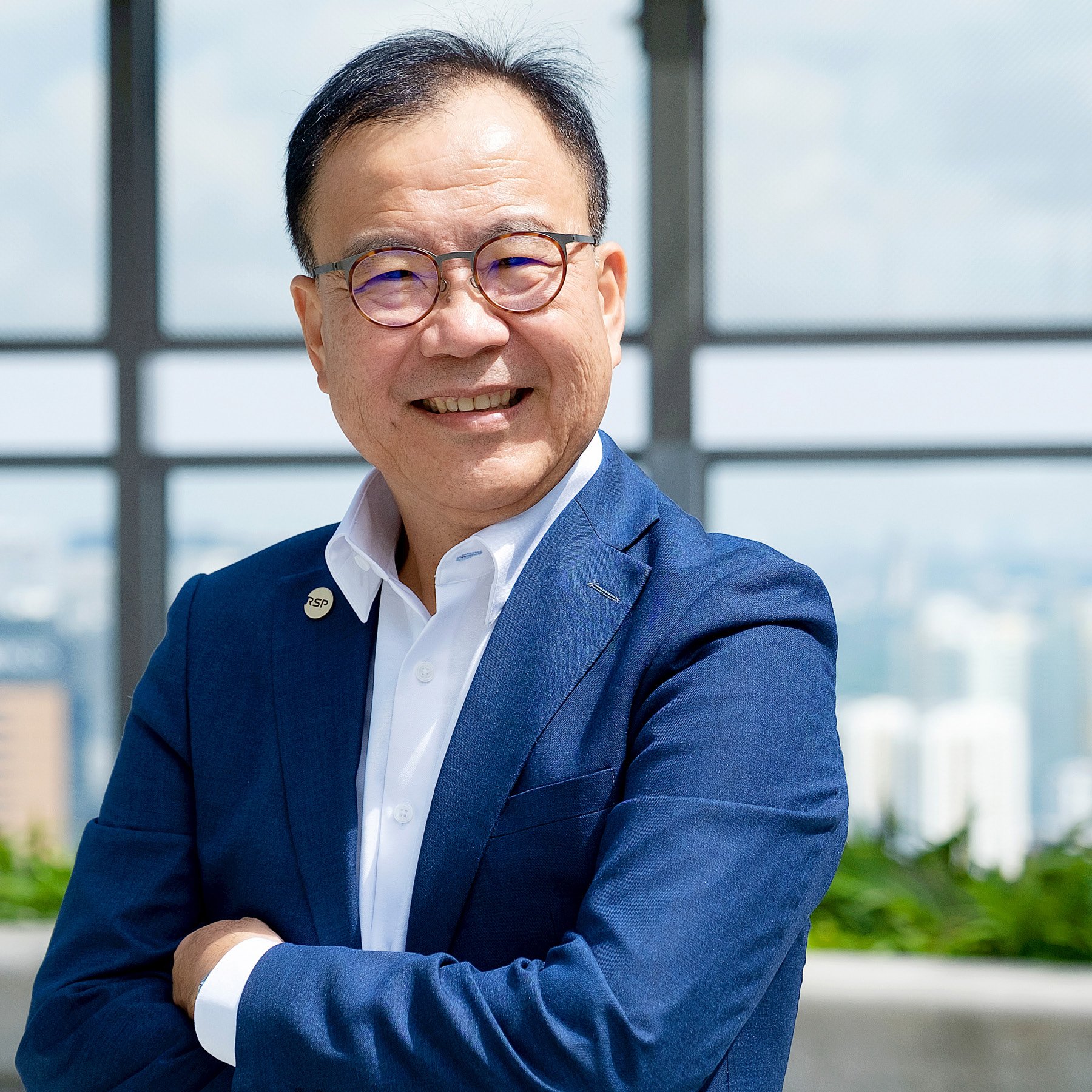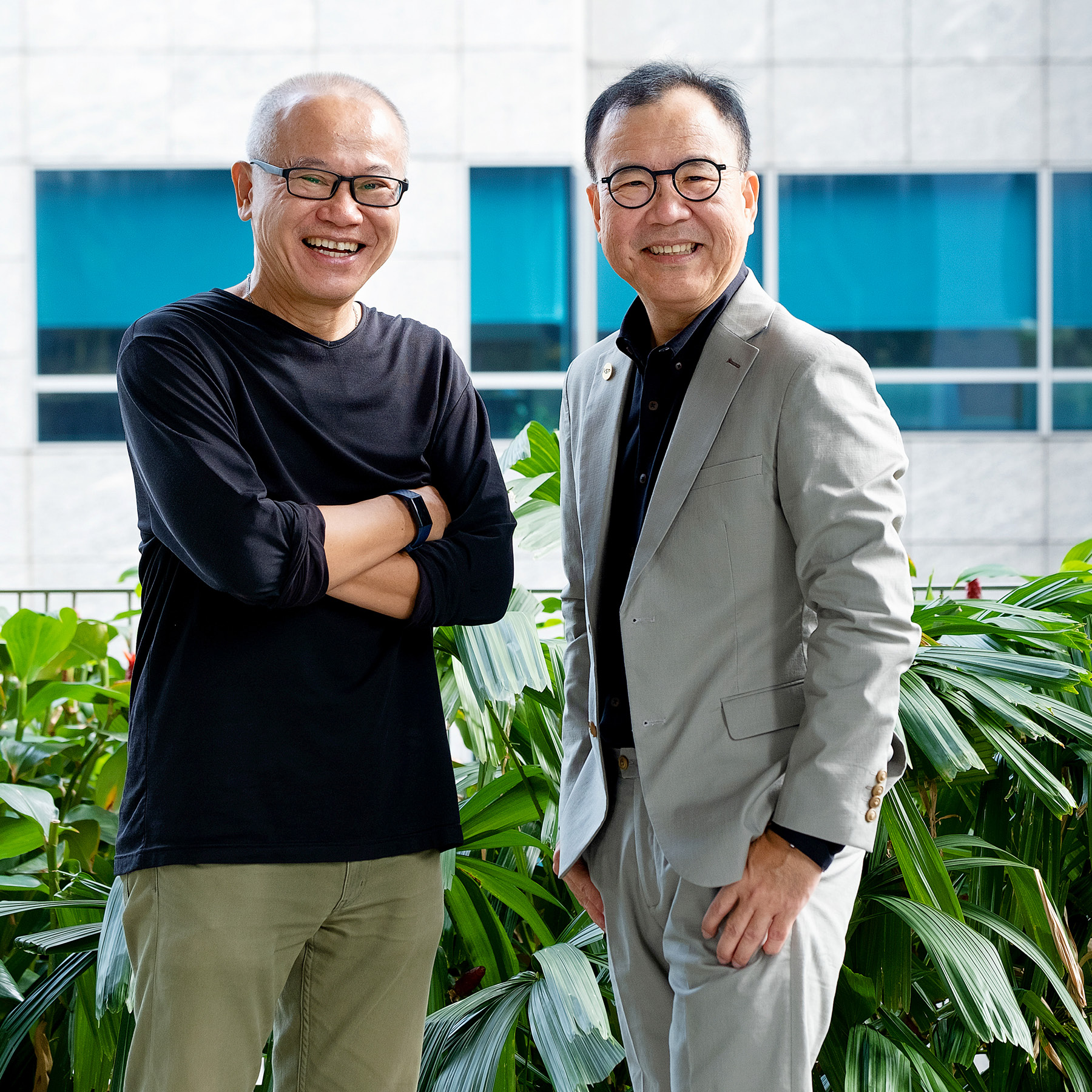Big things are expected in the latter part of 2023 at the multidisciplinary architectural and engineering design group RSP Architects, Planners and Engineers.

“We are celebrating the 67th anniversary of our Singapore headquarters,” Beh Swee Chiew tells The CEO Magazine. “At the same time, there’s the milestone of our 20th year in China, which has been an enormous market and success.”
It’s all coming together for a “big bang third quarter”, predicts Beh, the Managing Director, Singapore.
Founded in 1956 by British architect Raglan Squire – from which the name Raglan Squire and Partners, or RSP, comes – the firm has left its imprint on Singapore’s skyline over the decades. In 1972, it completed the Straits Trading building, the first high-rise of the Raffles Place business district; in 1989, the Singapore Indoor Stadium; in 2019, the glass-domed Jewel Changi Airport; in 2022, CapitaSpring, which houses Singapore’s tallest sky observatory deck and urban farm; and in 2023, Nanyang Technological University’s zero-energy building, Gaia, the largest wooden building in Asia.

We work closely with other Singapore enterprises to move outside of Singapore. – Beh Swee Chiew
Along the way, RSP has expanded geographically. Today, with 16 offices in six countries, its footprint spreads from the Middle East across South-East Asia to China. The business has also grown in scope: master planning, civil and structural engineering, mechanical and electrical engineering and interiors are all areas of in-house expertise. It continues to add to an impressive portfolio of more than 2,500 projects across multiple countries and both residential and commercial sectors.
Collaboration is at the heart of the company’s global success story, whether locally with partners such as Soilbuild Group, IAQ Engineering and Sumitomo Mitsui Construction, or to establish a presence in international markets.
“We work closely with other Singapore enterprises to move outside of Singapore,” Beh explains.
“Sumitomo Mitsui Construction is a treasured and long-standing partner of ours. It cultivates creativity and open-mindedness in its practices, which is reflected by its team’s professionalism and expertise.”

Stronger together
One particularly significant milestone in RSP’s history was its first project in China, the Fuzhou Changle International Airport passenger terminal, a project awarded in 1993 in partnership with other Singapore businesses; as well as the development of Nakheel Mall and Palm Tower in Dubai’s iconic Palm Jumeirah in 2012, signifying RSP going global beyond Singapore shores.
On internationalization, Beh’s partner, Senior Managing Director, Seah Chee Kien notes that Singaporean companies who had tried to find a foothold in China have struggled in the past.
“It’s a bigger market, and the scale of Singapore firms is simply too small when compared to their Chinese equivalents,” Seah says.
In response, these companies have been encouraged by Enterprise Singapore to form alliances that bring best-in-class Singaporean knowledge to these new markets.
“We provide a one-stop service using Singapore experience and expertise,” Seah says. “All the ingredients that you see in Singaporean cities are put together and presented to the Chinese. That way we can be larger than life, because I think any Singaporean company will be too small for the Chinese market.”
Much of the current focus is on contributing to green and sustainable development initiatives in China, through a pact called the China-Singapore Green Construction Development Alliance, founded just before the COVID-19 pandemic.
“As a spring off, we also formed a Building Enhancement Initiatives (BEI) in China with our Singapore-China alliance to provide a one-stop service of design and construction for building and programmatic regeneration in major cities in China,” Beh says.
Future blueprint
As with all businesses, the pandemic years were challenging.
“It caught everybody off-guard,” Beh says, while noting there were some silver linings. “We were able to look at all our workplace tools and set a new digital foundation for all RSP global offices. We are implementing a data-driven operational model that will connect clients and stakeholders to a single cloud platform to make informed design decisions.”
Another outcome of the pandemic was the impetus to investigate other fields such as the metaverse, which resulted in the establishment of the RSP META platform.
“Designers from both our Singapore and Dubai studio have created a virtual NFT gallery,” Beh says. “It’s an explorative opportunity that revitalizes the creative side of our architects, to allow them to think beyond their boundaries and develop an intuitive understanding of how users interact with the world around them, even virtually.”
Another initiative is the recent establishment of the internal RSP sustainability committee, called RSP.SM Energy Group.
“The group was formed to focus on bringing integrated solutions to help our clients reduce their carbon footprint and energy consumption,” Seah says, adding that it’s giving the business a leading edge as the country looks to achieve net zero by 2050.
Looking ahead
Now able to look forward, the duo is aware of the need to futureproof the business.
”We are in the process of new directions,” Beh says. “Just because we are 60 years old, we cannot expect smooth sailing without looking or revisiting ourselves, who we are and our purpose.”
While he emphasizes that the core business is as an architectural engineering firm, Beh explains that it’s about strengthening that core.

We’ve had many success stories, and the essence of those experiences could be exported to those countries and multiplied on a bigger scale. – Beh Swee Chiew
“Refocusing on design is a given, but what we’ve also taken from the pandemic experience is that there are new opportunities in the market and the question is how we can adapt to the shifting environment,” Beh says.
Much of that will hinge on continued collaboration with Enterprise Singapore and other Singaporean businesses, especially in China and South-East Asia, regions considered emerging markets for RSP.
“Using fishing as an analogy, it is not only about having thicker lines and bigger hooks, but also about using the lines in other ways like as weaving nets to change the playing field,” Seah adds.
“We’ve had many success stories, and the essence of those experiences could be exported to those countries and multiplied on a bigger scale,” Beh says. “Singapore has been very successful in its urban master planning, infrastructure and green initiatives. This is a lot for us to take to the rest of the world. And we’re riding on that.”
Smart Designs
RSP has recently signed a Memorandum of Understanding with Singaporean agritech startup Singrow, which specializes in indoor vertical farming technologies.
“Together, we hope to harness this technology to develop a benchmark project to showcase how such an agricultural solution can benefit building design,” Seah explains.
Shopping malls, airports, schools, even the country’s MRT transport system are potential commercial locations for this tech. The added benefit of the innovative design is its potential to contribute to Singapore’s food security effort.
“We believe it could be a farm-to-table option for new retail businesses,” he adds.



